Podcast: Play in new window | Download
Subscribe: Apple Podcasts | Spotify | RSS
Produced by Joseph Cottrell, Jeffrey Crecelius and Ken Fuller
We continue our Tales from topographic oceans obsession this week with a look at 3 very different live recordings of side 4, Ritual – Nous Sommes du Soleil. The 3 different performances are included in the show notes below. They are from Yesshows (1980) , Symphonic Live (2002) and Topographic Drama (2017). This means we have the following musicians to listen to: Anderson, Squire, White, Moraz, Howe, Downes, Brislin, Sherwood, Davison, Schellen and the whole of the European Festival Orchestra. Wow. There are many differences between the recordings so listen along and see what you think.
- Which is the best performance?
- No Wakeman?
- A whole symphony orchestra – what does it add?
Let us know if you agree with us!




Support the Fundraiser!
Yes – The Tormato Story
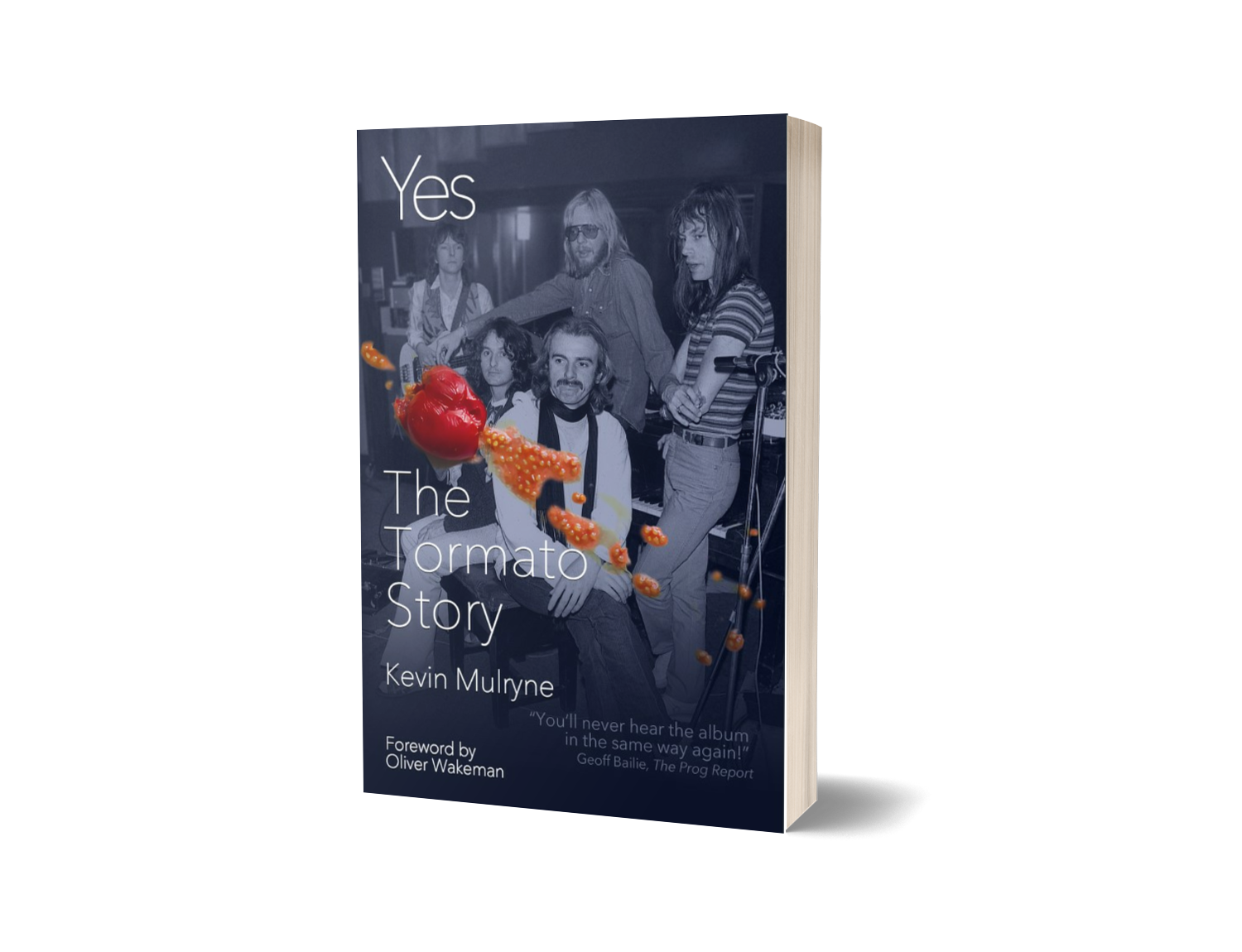


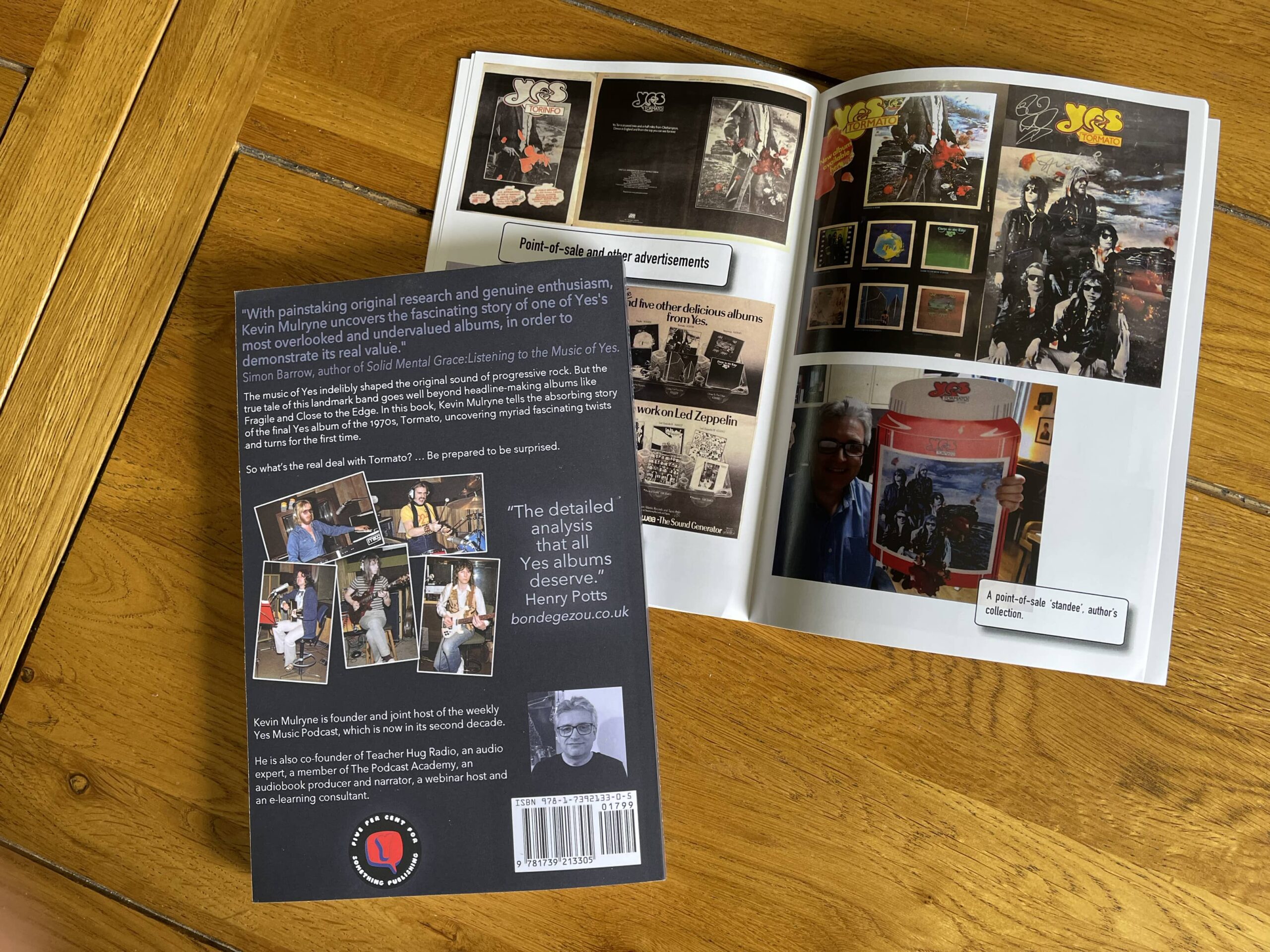
Available now!
YMP Patrons:
Producers:
- Joseph Cottrell
- Ken Fuller
- Jeffrey Crecelius
Patrons:
| Jim Morrison | Jon Pickles | Declan Logue |
| Gary Betts | Alan Begg | Michael Handerhan |
| Barry Gorsky | Steve Perry | Doug Curran |
| Martin Kjellberg | Todd Dudley | Rachel Hadaway |
| Lind | Paul Hailes | Craig Estenes |
| Mark James Lang | Steve Rode | David |
| Bob Martilotta | John Holden | Stephen Lambe |
| Dem | Fred Barringer | Scott Colombo |
| Chris Bandini | David Heyden | John Thomson |
| Mark Baggs | John Cowan | John Parry |
| Dave Owen | Simon Barrow | Steve Scott |
| Terence Sadler | Steve Dill | Robert Nasir |
| Fergus Cubbage | William Hayes | Geoff Bailie |
| Steven Roehr | Lobate Scarp | Geoffrey Mason |
| David Watkinson | Tim Stannard | Robert Vandiver |
| Brian Sullivan | David Pannell | Jamie McQuinn |
| Miguel Falcão | Paul Tomei | Michael O’Connor |
| Brian Harris | Hogne Bø Pettersen | Guy DeRome |
| Aaron Steelman |
Our (not really) new Facebook YMP Discussion Group is open to anyone to join but I’ll be adding rules and joining requirements when I have time (one day…). One of the advantages of the new format is that all members of the group have the same ability to post content, so it’s a bit more egalitarian, or somesuch. Please do search for the group and join in.
https://www.facebook.com/groups/3216603008606331/
Please follow/subscribe!
If you are still listening to the podcast on the website, please consider subscribing so you don’t risk missing anything:
Theme music
The music I use is the last movement of Stravinsky’s Firebird Suite. This has been used as introduction music at many Yes concerts. My theme music is not take from a live concert – I put it together from: archive.org
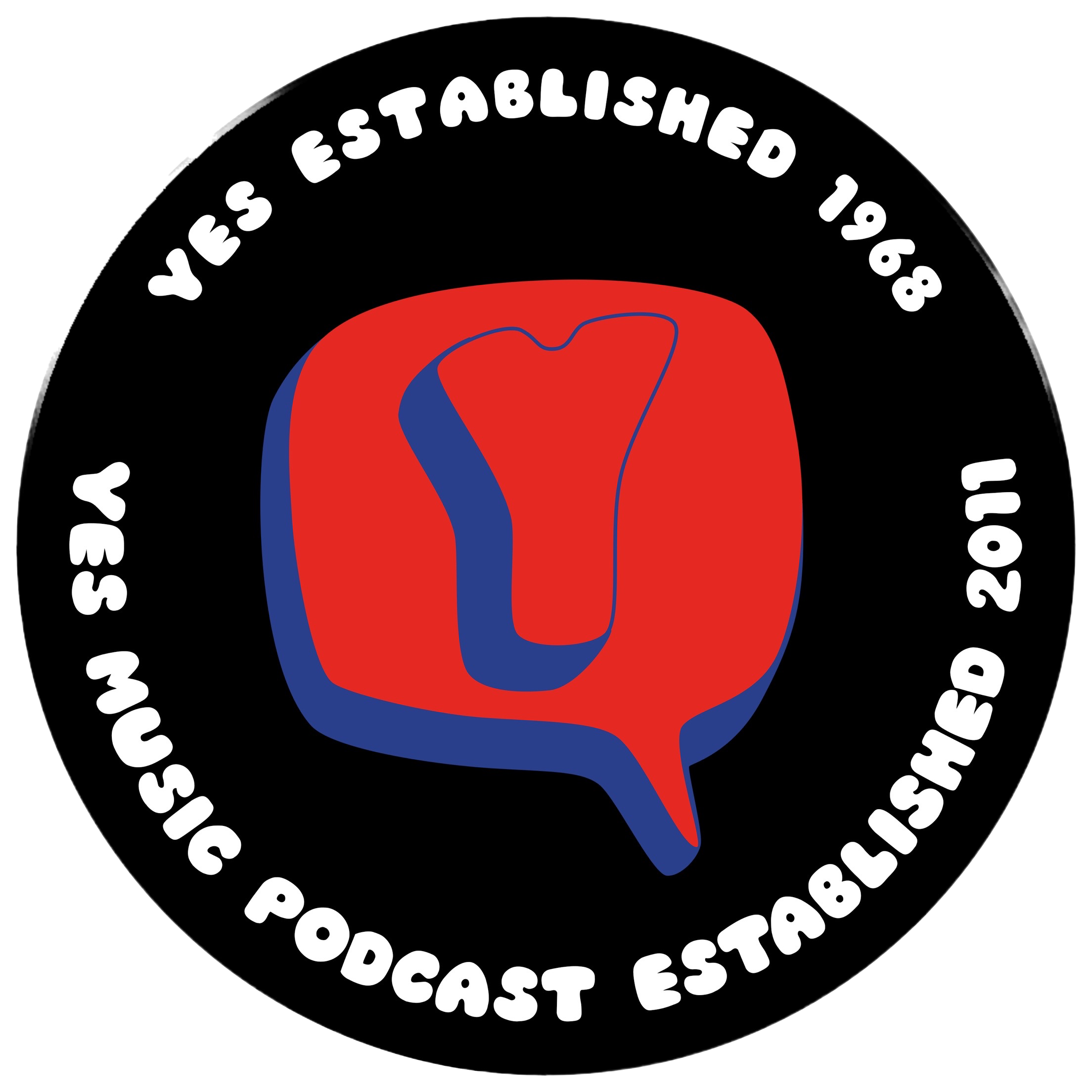
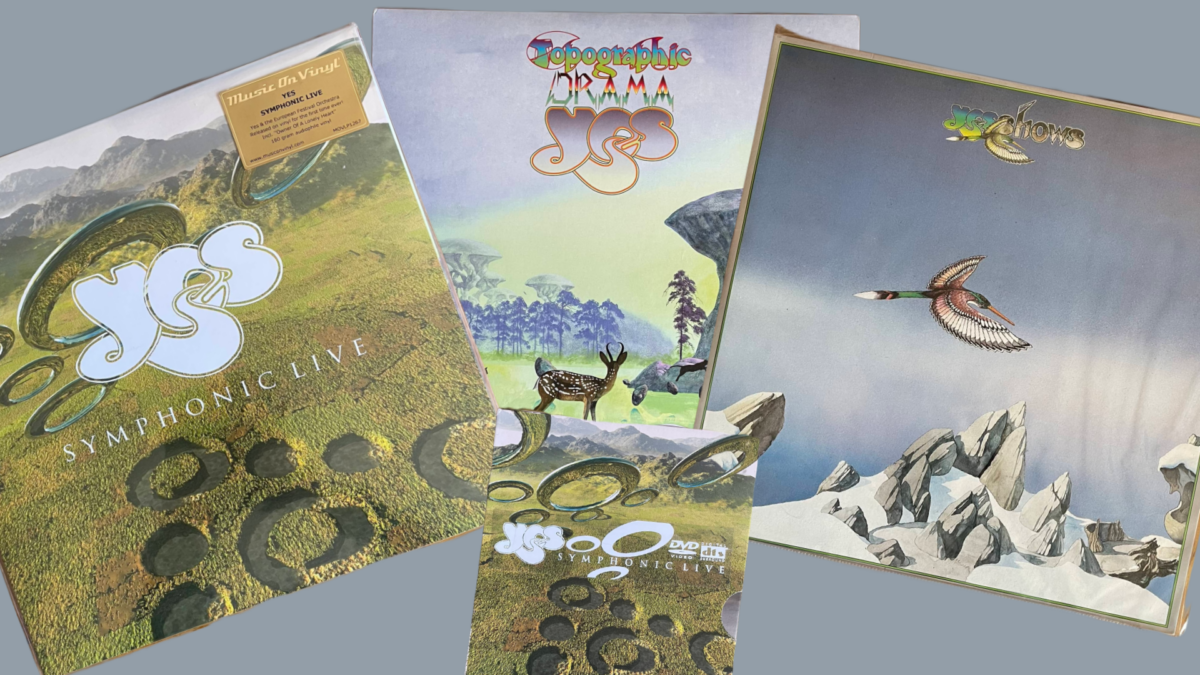
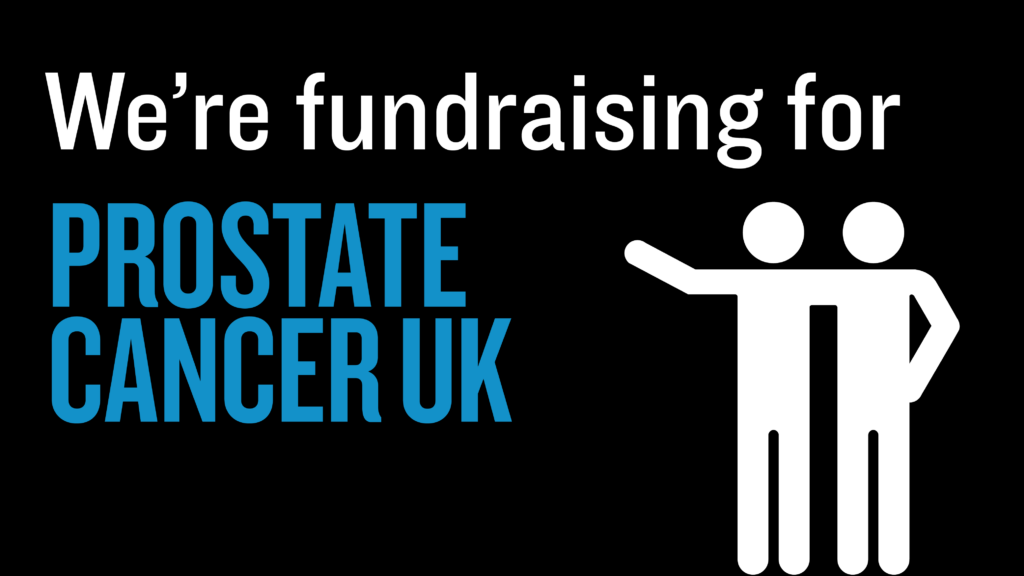




4 replies on “Yes Tracks Through Time – Ritual – Shows, Symphonic and Drama – 608”
Having seen the 1976 show at Cobo Hall when this album came out I was like it did not sound like that when I seen that show it was just amazing they were so tight it was just breath taking. I’ve seen them play this song on other shows but the cobo hall show still stands out to me. great show guys as allways”
One of my favourites episodes of recent months. Glad to hear that there are other fans of Symphonic Yes. Most rock + orchestra experiments lack the investment in terms of rehearsal time and creativity to do much more than provide expensive sounding “pads” and some additional dynamics. Nothing though that couldn’t be achieved with modern keyboard technology.
The recent-ish Steve Hackett orchestral tour being a good example of something looking far more interesting as a spectacle than it actually sounded on the night or on the subsequent album that was released.
The orchestral parts on Symphonic Yes (and especially on Magnification) really do add a lot more than that and the band play *with* the orchestra rather than on top of it. For me the orchestra could be a smidge louder on the live recording but the musical blend is very well done.
As for the tempo issue I more or less agree. I think there is a good argument for a slower tempo if good advantage is taken of the opportunity to look at the music a new way (Celibidache’s recordings of the Bruckner symphonies and de Leeuw’s Satie recital albums would be good examples of how far music can stretch to good advantage before it risks falling apart).
Consistently applied slower tempos across an entire extended piece (so not just slowing down the hard bits) ought to allow the musicians to bring more expression and emotion to the music and to concentrate on the quality of the sound they make rather than getting through tricky music with a minimum number of errors. Might even offer fresh arrangement opportunities. Older can mean a richer experience not just a less vigorous one.
Speaking of which, the thing that still bugs me about so many Yes live shows and live recordings since the 70s is the placement of the snare in the mix. It has got louder and louder over the years. At the London Palladium shows it was almost painful to listen to. Does music of this complexity with so much beauty and detail in it really need a metronomic snare placed so centrally so much of the time? Not every tune needs be an Owner of a Lonely Heart or a Roundabout.
In this case you’ve got an actual conductor on stage to follow, a bassist that isn’t exactly known for focussing on being locked into the “pocket” of a tune and a band of elite players who probably know this music better than they know some of their closest relatives.
I would think that the listeners to this music are generally dancing in their heads rather than on the floor of a club so I wonder if the music might have benefited from less implied rigidity especially with the forces of an orchestra in tow?
I would like to think Yes audiences have the same range and tolerance as lets say King Crimson audiences and wouldn’t need the reassurance of an obvious and explicit pulse rather than an implied one. Especially now when most of the people buying Yes tickets in this century are acolytes of the body of work rather than generalist rock fans who maybe need some help.
I too, was at that 76 concert at Cobo. It was my first Yes concert.
I agree in that my favorite of the three is Symphonic Live, then Yesshows, then Topographic Drama.